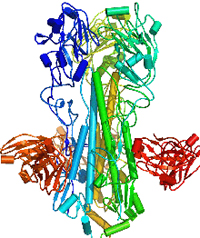Biodiversity Protects Against Disease, Scientists Find
Discovery resulted from study of amphibians in ponds
The richer the assortment of amphibian species in a pond, the more protection that community of frogs, toads and salamanders has against a parasitic infection that can cause severe deformities, including the growth of extra legs.
The findings, published in a paper in this week’s issue of the journal Nature, support the idea that greater biodiversity in large-scale ecosystems, such as forests or grasslands, may also provide greater protection against diseases, including those that affect humans.
A larger number of mammal species in an area may curb cases of Lyme disease, while a larger number of bird species may slow the spread of West Nile virus. (more…)

